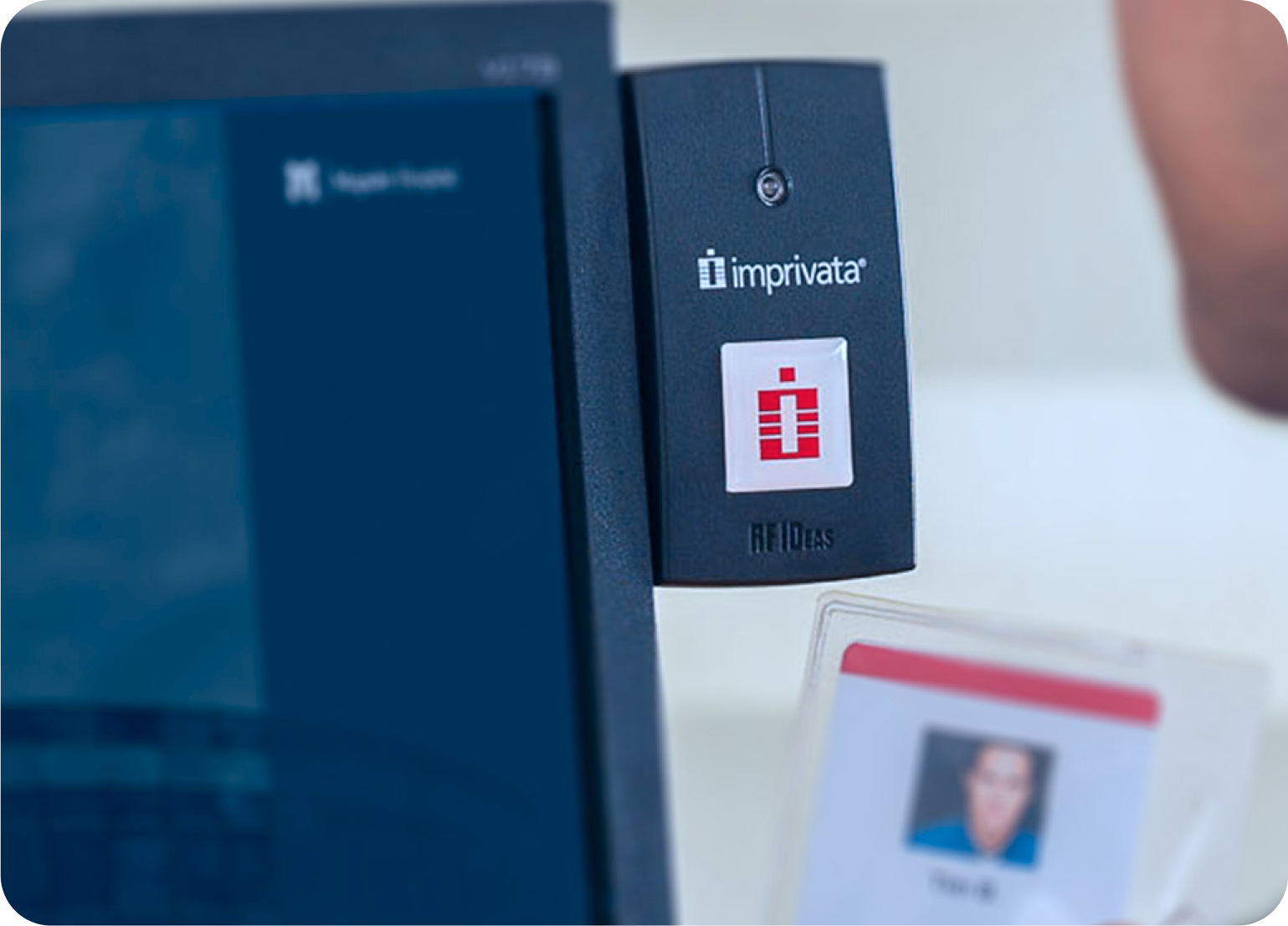SSO methods for frictionless access to all your apps and systems
Eliminate password fatigue and drive productivity with rapid access to legacy and web systems and apps. When every second counts, give end users back more time to focus on work that truly matters.
A comprehensive Enterprise Access Management (EAM) solution
EAM offers simple, secure access control for endpoints and virtual desktops, SSO to modern and legacy apps, passwordless and multifactor authentication (MFA), plus analytics and reporting.
EAM provides a comprehensive and user-friendly approach to secure access control for both physical endpoints and virtual desktop environments. It streamlines the process with SSO capabilities for both modern and legacy applications, ensuring seamless and secure user experiences. It also supports passwordless MFA, enhancing security while reducing the burden of password management. To help organizations maintain robust security and optimize performance, EAM includes advanced analytics for monitoring and reporting. This versatile solution can be deployed as a standalone product or as part of a complete, integrated offering, catering to a wide range of organizational needs.
EAM with SSO enhances user convenience by allowing access to multiple applications with one set of credentials, reduces password fatigue, improves security by minimizing weak passwords, and lowers IT support costs by reducing password reset requests. SSO also streamlines the user experience, boosts productivity, and helps maintain compliance with security standards.
EAM with MFA adds an extra layer of security by requiring multiple forms of verification. It reduces the risk of unauthorized access, protects against password breaches, enhances user security, and complies with regulatory standards. MFA also improves user confidence, simplifying the login process by reducing the need to remember multiple passwords.
Simplify secure access to all your apps and systems
Eliminate password fatigue and drive productivity with rapid access to legacy and web systems and apps. When every second counts, give end users back more time to focus on work that truly matters.
Benefits of choosing Imprivata for SSO
Ensure that clinicians and other frontline workers spend 80% less time accessing devices and apps and can focus on critical tasks in a secure way with badge tap access, SSO, and more.
Reduce helpdesk calls for password issues, streamline access controls, improve user adoption of new applications
Enforce security polices and compliance with HIPAA, EPCS, CMMC, CJIS, and many more
See how Imprivata delivers frictionless access
Make informed decisions for your SSO implementations


